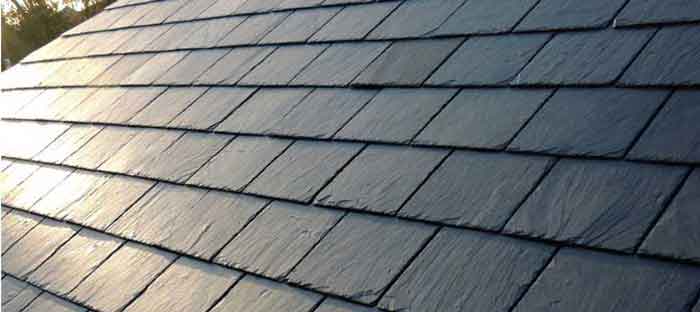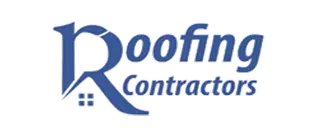There are many kinds of pitched roof types, all have their own qualities and benefits. The pitch of a roof refers to the sloping downwards angle of a roof. These types of roof usually have a pitch between 12.5 to 85 degrees. Anything with an angle smaller than 12.5 degrees is a flat roof.

Advantages Of A Pitched Roofs
Pitched roofs tend to be a popular option if you are looking for more space in your home. With a decent pitch, you have the choice of converting your loft space later. Some actually change their roof design as a first step towards a loft conversion.
Another huge benefit of having a pitched roof is to protect your home from the weather. These types of roofs are common in the UK because of amount of rainfall we get. Some areas also see high winds and snowfall which makes a roof pitch the sensible option. There is far less chance of water and other weather conditions entering your roof space.
The aesthetic look of a pitched roof can add to the value of your home. This roof design style can also make your home look more traditional. Most houses across the UK have this design which has been around for a long time.
Disadvantages
Having a pitched roof does comes with some limits and restrictions. This design means they are not ideal for most structures with complex layouts. A roof pitch is also not suitable to most commercial buildings.
The price of a pitched roof is always more expensive than some other roof designs. Most roofs will also need regular maintenance. This is especially true if you live in areas with extreme weather conditions.
Common Roof Pitch Designs
The Double-Pitched roof is the most common design for roofs that have a pitch. This design can be symmetrical or asymmetrical. The first type usually contains two surfaces that meet at the ridge ad form a perfect triangle. An asymmetrical double pitch is where the ridge does not meet at the centre point. This means that the surfaces are not equal in length.
The triangles at each end of the house are Gable ends which are traditional for Gable roof type designs.
A mono-pitched roof usually has a pitch which is lower than the height of the ceiling. This type of design can also serve as an extra to the existing roof. The ideal pitch was more than 20 degrees but has fallen to 15 degrees if using slate of tiles.
A Couple Roof is a pitched roof in it’s most basic design form. The rafters slope upwards to meet at the centre ridge. This roof type is no longer in use much due to design drawbacks. There is no lateral support which makes this design a bad option for extreme weather.
A Collar Roof does not have the design drawback of the couple roof but does have another limitation. This design has a max span of 4.5 metres (14.7 feet). Although a collar roof is more common than a couple roof, it’s still not a popular option.
